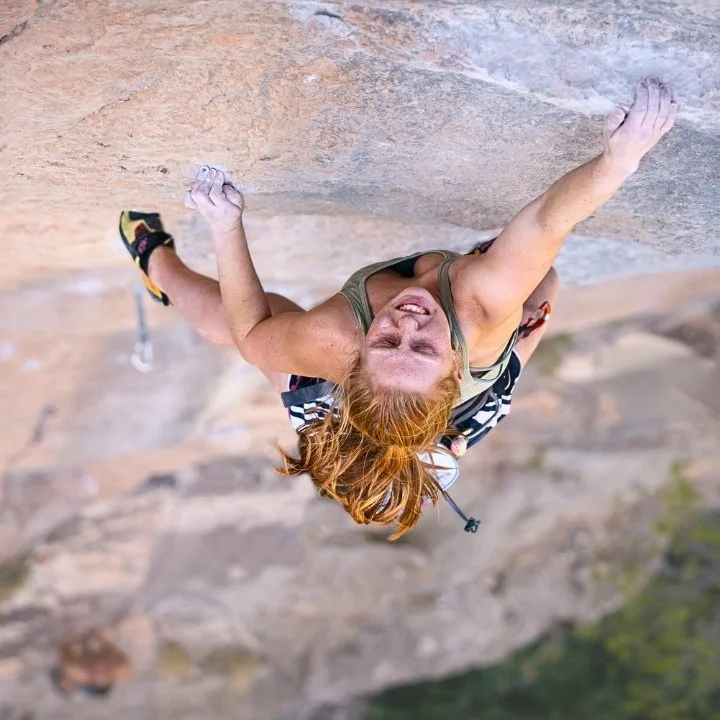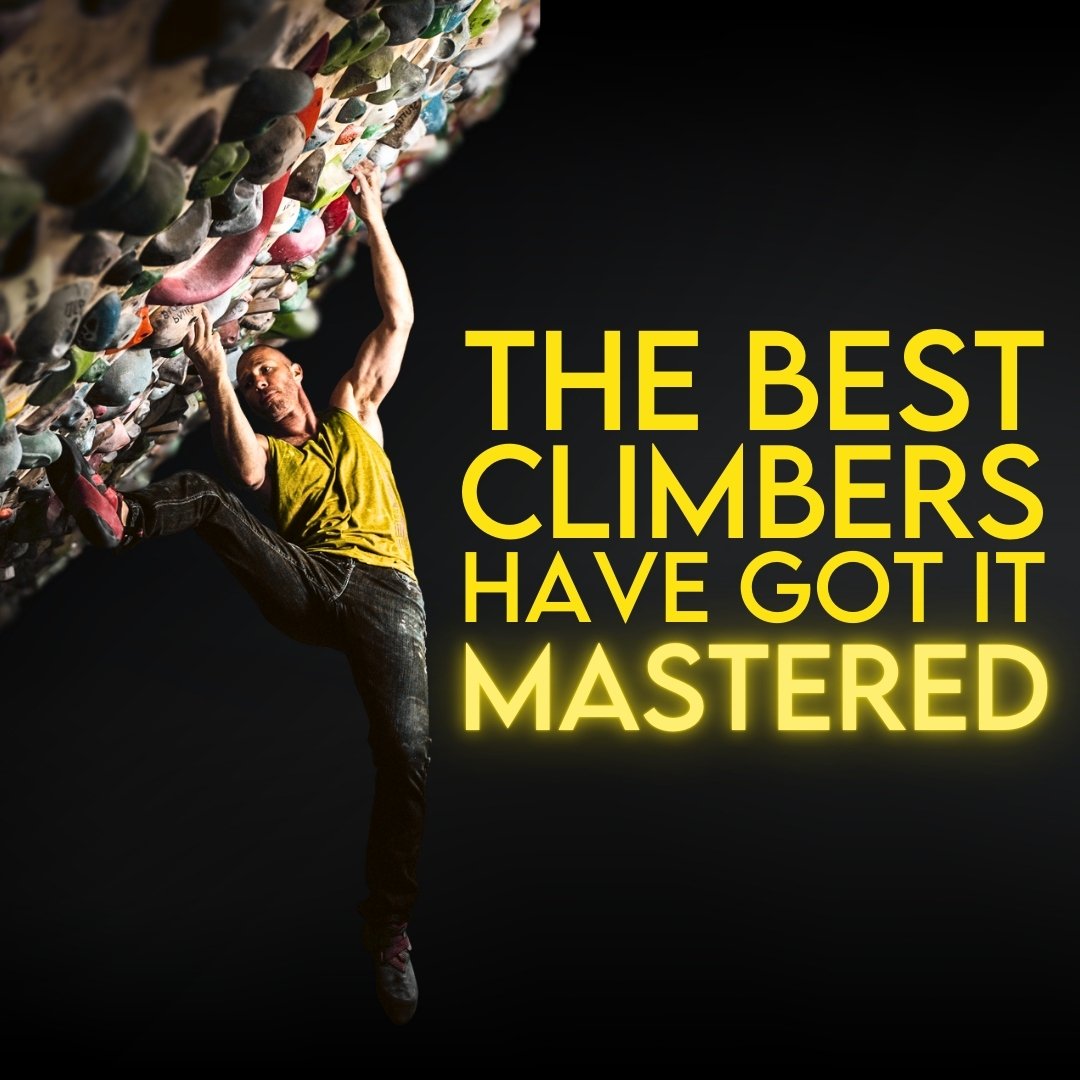The 3 Types of Climbers
Are you, or do you know someone who is, the type of climber who seems to just send everything they try without ever training? Or do you know someone who trains constantly but rarely has any big sends to show for it? Or is that you?
I suspect that a lot of you are shaking your head yes and that you know both types of climber. And both are putting in high effort, but getting different results. Why?
Most of us recognize that trying harder, or at least trying at a level more appropriate for your specific goal, is generally a good thing. But there are a lot of places and times to apply that effort, and when it comes to that, we all fit into one of three categories. Each category has its upsides and downsides, but…
Nearly all of the best climbers fit into the same category.
They may not have started there, but at some point they found their way in and they stayed. Frankly, it’s really the only way to get anywhere near your potential in climbing.
Let’s look at the three categories, the pros and cons of each as well as the psychological traps inherent to them, and how we can, over time, move ourselves into the one category that is nearly always better than the others.
HOW AND WHEN WE APPLY EFFORT FALLS INTO 3 CATEGORIES:
Type 1: Putting all of your effort into PREPARATION.
Pros:
Good preparation leads to confidence. Confidence leads to success.
Good preparation means building good habits and a more resilient body overall. Not only for climbing, but for general health, that’s a big win.
Confidence, success, and resiliency in one area of life easily translate to other areas of life.
Potential Traps:
Training and preparation become the goal.
The lines start to blur between training and performance.
The people who put all of their effort into preparation often expect the performance to come easy because they’ve prepared.
Type 2: Putting all of your effort into PERFORMANCE.
Pros:
Getting more things done means you get to climb on more rock climbs and learn more about what those different climbs have to offer and challenge you with, and that’s by far the best way to improve.
Learning how to try really hard when performing is the KEY to making sure that any of what you do in training or practice can transfer to the performance environment.
Potential Traps:
It often leads to this idea that training is unnecessary because we are already getting things done without it.
Without training, it’s going to be incredibly hard to get anywhere near your potential, particularly if you don’t have unlimited time to try hard rock climbs outside.
Particularly as you get older, the repetition of climbing alone is going to be tough on your body.
But the absolute best climbers always fit into the final category:
Type 3: Putting equal attention and effort into PREPARATION AND PERFORMANCE.
No matter how much time you have or what your goals are, you’ll get bigger returns on your investment if you are smart about when, where and how you apply the most effort. You can still put high effort into your preparation even if it’s only a small amount of time. Or you can put high effort into select performances instead of going hard all the time. In fact, that’s a key part of giving appropriate effort.
Here’s how to do it:
Step 1: Determine where you are putting the most effort and where you are missing opportunities.
Step 2: Take steps to change those things, one at a time. Be smart about the steps.
Step 3: Reassess at least once a year.
EXPLORE FURTHER
You might enjoy these related articles, episodes, and other resources:
Metrics for Climbers | Strength and Endurance Standards
How to Climb Harder: What Data From Over 600 Climbers Tells Us
The Atomic Elements of Climbing Movement
Climb Your Project Sooner | The Art of Execution
Taped Tips | The Most Underrated Climbing Movement Skill
SUPPORT + CONNECT
Help us keep the show sponsor-free when you join our Patreon Community for as little as $3.
Get two or more bonus episodes every month on Patreon, Spotify, or Apple.
Subscribe to THE CURRENT and get a monthly exploration of how we can all become better climbers.




















A better way to view grades and progression?